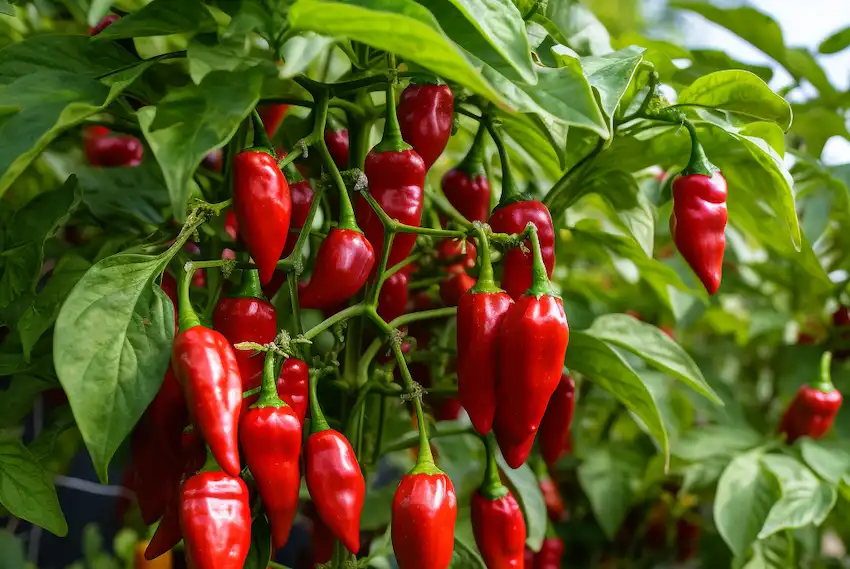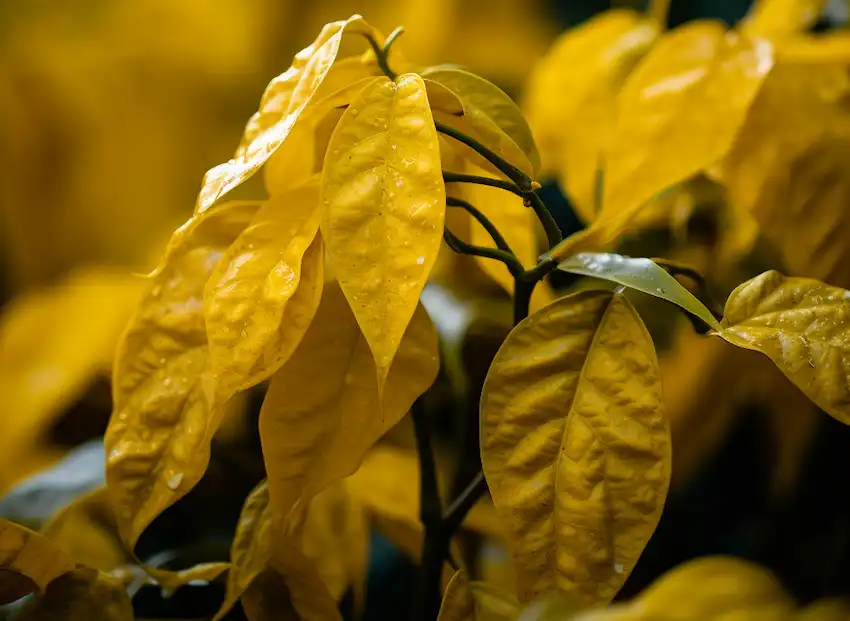How to Properly Fertilize Pepper Plants: Tackling Plant Deficiency and Understanding Leaf Color Changes
Pepper plants, known for their vibrant colors and spicy flavors, are a favorite among gardeners. However, to achieve a bountiful harvest, understanding the nuances of fertilization, recognizing plant deficiencies, and interpreting leaf color changes is crucial. This comprehensive guide will walk you through the steps to ensure your pepper plants are healthy, productive, and vibrant.

Understanding Pepper Plant Nutrition
Pepper plants require a balanced mix of nutrients to grow optimally. The three primary nutrients are Nitrogen (N), Phosphorus (P), and Potassium (K), often referred to as N-P-K. Additionally, they require secondary nutrients like Magnesium (Mg), Calcium (Ca), and Sulfur (S), as well as trace elements like Iron (Fe), Manganese (Mn), and Zinc (Zn).
Fertilizing Pepper Plants: Step by Step
1. Soil Testing:
- Before planting, conduct a soil test. This will tell you what nutrients your soil lacks and its pH level, allowing you to tailor your fertilization plan.
2. Choosing the Right Fertilizer:
- Use a balanced fertilizer that’s appropriate for the growing stage of your pepper plants. A fertilizer with higher nitrogen content is suitable for the vegetative stage, while a fertilizer with higher phosphorus and potassium content is ideal during the flowering and fruiting stages.
3. Application:
- Seedling Stage: Use a diluted solution of balanced fertilizer once the first true leaves appear.
- Vegetative Stage: As the plant grows, you can gradually increase the concentration of the fertilizer.
- Flowering and Fruiting Stage: Switch to a low-nitrogen, high-potassium fertilizer to encourage fruit production.
Frequency:
- Fertilize every 2-3 weeks, and ensure you water the plants well after fertilizing to prevent root burn and distribute the nutrients evenly.
Identifying and Solving Plant Deficiencies
- Nitrogen Deficiency: Older leaves turn yellow or light green. Solution: Use a nitrogen-rich fertilizer.
- Phosphorus Deficiency: Plants are stunted, and leaves may appear purplish. Solution: Use a phosphorus-rich fertilizer.
- Potassium Deficiency: Older leaves have yellowing edges, and fruits are small and poorly developed. Solution: Use a potassium-rich fertilizer.
- Magnesium Deficiency: Leaves have yellow patches between the veins. Solution: Apply Epsom salt (magnesium sulfate) around the base of the plant.
- Calcium Deficiency: Blossom end rot (dark, sunken spots on the bottom of the fruit). Solution: Use a calcium-rich fertilizer or add crushed eggshells to the soil.
Decoding Leaf Color Changes

- Yellow Leaves: Can indicate overwatering, nitrogen deficiency, or a root issue.
- Purple or Blue Leaves: Often a sign of phosphorus deficiency, especially in cooler temperatures.
- Brown or Black Spots: Could be a sign of a fungal infection or a calcium deficiency.
- White or Pale Leaves: Might indicate spider mites or overexposure to the sun.
Proper fertilization, coupled with vigilant observation, can lead to a thriving pepper garden. Remember, every plant gives signals through its appearance. By understanding these signs and providing your pepper plants with the nutrients they need, you can enjoy a lush, productive garden full of vibrant flavors. Happy gardening!



















